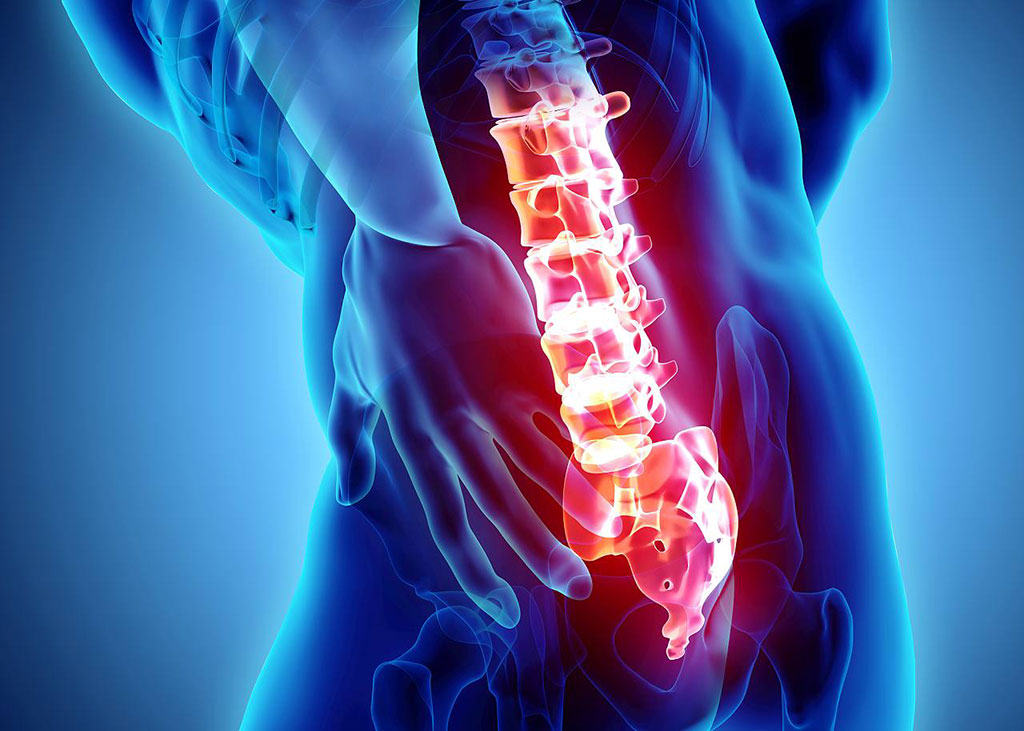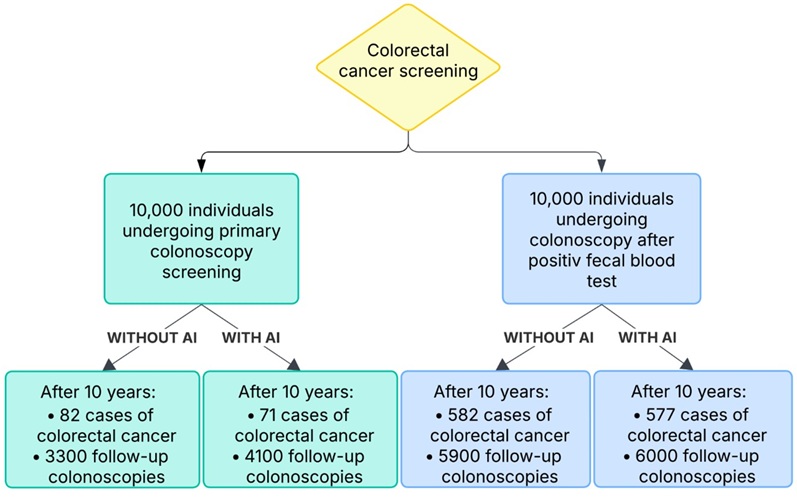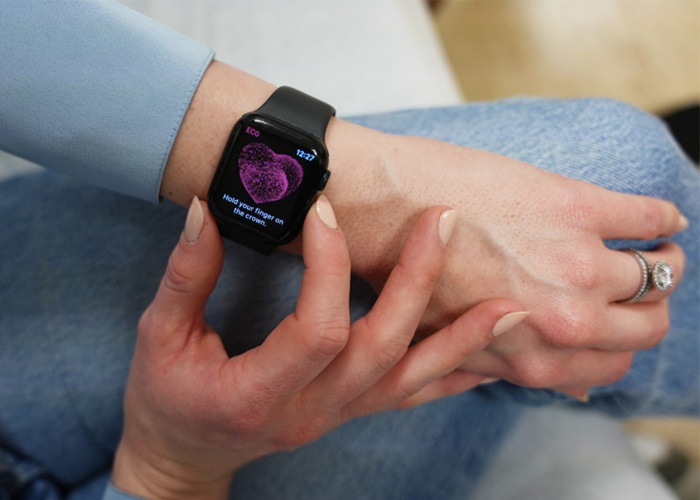Microdiskectomy Bests Nonsurgical Care for Sciatica Pain
|
By HospiMedica International staff writers Posted on 01 Apr 2020 |

Image: Lumbar microdiskectomy is the best solution for chronic Sciatica pain (Photo courtesy of 123RF)
Lumbar surgery is superior to conservative treatment for chronic sciatica caused by disc herniation, according to a new study.
Researchers at London Health Sciences Centre (Canada), St. Joseph’s Hospital (SJHC; London, Canada), the University of Western Ontario (UWO, London, Canada), and other institutions conducted a study involving 128 patients with long-term sciatica and lumbar disk herniation. The patients were randomized to microdiskectomy or to six months of standardized non-operative care, followed by surgery if needed. The primary outcome was intensity of leg pain on a visual analogue scale (VAS) at six months after enrollment; secondary outcomes were Oswestry Disability Index, back and leg pain, and quality-of-life scores.
The results revealed that at baseline, the mean score for leg-pain intensity was 7.7 in the surgical group and 8.0 in the nonsurgical group. The primary outcome of leg-pain intensity score at six months was 2.8 in the surgical group and 5.2 in the nonsurgical group. Of the 64 patients in the nonsurgical group, 34% crossed over to undergo surgery. Nine patients had adverse events associated with surgery, and one patient underwent repeat surgery for recurrent disk herniation. The secondary outcomes followed the primary outcome. The study was published on March 18, 2020, in the New England Journal of Medicine (NEJM).
“My take-home message is that, unlike acute sciatica, chronic sciatica is much less responsive to non-operative treatment, and with surgery it is 70% more likely to significantly improve,” said lead author Chris Bailey, MD, of the Western University Bone and Joint Institute. “Whether to prescribe surgery or conservative treatment in these persistent sciatica patients is controversial, because a longer duration of symptoms has been correlated with a poorer outcome associated with lumbar discectomy in some studies.”
Lumbar disk herniation is a common, often debilitating, condition that occurs when the nucleus pulposus bulges through a tear in the disk's exterior layer and puts pressure on the nerve root ganglion. Herniated disks are often the source of sciatica, a pain that radiates downward from the lower back into the leg. Conservative treatment options range from pain medications to corticosteroids injected directly into the affected area of the spine. Those who don't respond may require surgery.
Related Links:
London Health Sciences Centre
St. Joseph’s Hospital
University of Western Ontario
Researchers at London Health Sciences Centre (Canada), St. Joseph’s Hospital (SJHC; London, Canada), the University of Western Ontario (UWO, London, Canada), and other institutions conducted a study involving 128 patients with long-term sciatica and lumbar disk herniation. The patients were randomized to microdiskectomy or to six months of standardized non-operative care, followed by surgery if needed. The primary outcome was intensity of leg pain on a visual analogue scale (VAS) at six months after enrollment; secondary outcomes were Oswestry Disability Index, back and leg pain, and quality-of-life scores.
The results revealed that at baseline, the mean score for leg-pain intensity was 7.7 in the surgical group and 8.0 in the nonsurgical group. The primary outcome of leg-pain intensity score at six months was 2.8 in the surgical group and 5.2 in the nonsurgical group. Of the 64 patients in the nonsurgical group, 34% crossed over to undergo surgery. Nine patients had adverse events associated with surgery, and one patient underwent repeat surgery for recurrent disk herniation. The secondary outcomes followed the primary outcome. The study was published on March 18, 2020, in the New England Journal of Medicine (NEJM).
“My take-home message is that, unlike acute sciatica, chronic sciatica is much less responsive to non-operative treatment, and with surgery it is 70% more likely to significantly improve,” said lead author Chris Bailey, MD, of the Western University Bone and Joint Institute. “Whether to prescribe surgery or conservative treatment in these persistent sciatica patients is controversial, because a longer duration of symptoms has been correlated with a poorer outcome associated with lumbar discectomy in some studies.”
Lumbar disk herniation is a common, often debilitating, condition that occurs when the nucleus pulposus bulges through a tear in the disk's exterior layer and puts pressure on the nerve root ganglion. Herniated disks are often the source of sciatica, a pain that radiates downward from the lower back into the leg. Conservative treatment options range from pain medications to corticosteroids injected directly into the affected area of the spine. Those who don't respond may require surgery.
Related Links:
London Health Sciences Centre
St. Joseph’s Hospital
University of Western Ontario
Latest Surgical Techniques News
- Minimally Invasive Valve Repair Reduces Hospitalizations in Severe Tricuspid Regurgitation Patients
- Tiny Robotic Tools Powered by Magnetic Fields to Enable Minimally Invasive Brain Surgery
- Magnetic Tweezers Make Robotic Surgery Safer and More Precise
- AI-Powered Surgical Planning Tool Improves Pre-Op Planning
- Novel Sensing System Restores Missing Sense of Touch in Minimally Invasive Surgery
- Headset-Based AR Navigation System Improves EVD Placement
- Higher Electrode Density Improves Epilepsy Surgery by Pinpointing Where Seizures Begin
- Open-Source Tool Optimizes Placement of Visual Brain Implants
- Easy-To-Apply Gel Could Prevent Formation of Post-Surgical Abdominal Adhesions
- Groundbreaking Leadless Pacemaker to Prevent Invasive Surgeries for Children
- Spectroscopy Technique Improves Surgery for Pediatric Epilepsy Patients
- Bioengineered Arteries Show Promise for Cardiovascular Surgery
- Online Tool Guides Surgical Decisions for Gallbladder Cancer
- Innovative Technology Enables Rapid Life-Saving Surgical Leak Detection
- First-Of-Its-Kind Bioresorbable Implant to Help Children with Rare Respiratory Disease
- Screw-Shaped Magnetic Microrobots to Transform Treatment for Patients with Inoperable Blood Clots
Channels
Artificial Intelligence
view channel
Innovative Risk Score Predicts Heart Attack or Stroke in Kidney Transplant Candidates
Heart researchers have utilized an innovative risk assessment score to accurately predict whether patients being evaluated for kidney transplants are at risk for future major cardiac events, such as a... Read more
AI Algorithm Detects Early-Stage Metabolic-Associated Steatotic Liver Disease Using EHRs
Liver disease, which is treatable when detected early, often goes unnoticed until it reaches advanced stages. Metabolic-associated steatotic liver disease (MASLD), the most prevalent form of liver disease,... Read moreCritical Care
view channel
Digital Heart Twin Improves Diagnosis and Treatment of Cardiac Arrhythmias
Millions of individuals around the globe suffer from cardiac arrhythmias. Traditionally, electrocardiography (ECG) has been used to detect premature ventricular contractions (PVCs), one of the most common... Read more
First-Of-Its-Kind AI-Powered Probability Scoring System Assesses Heart Failure with Preserved Ejection Fraction
Heart failure with preserved ejection fraction (HFpEF) is one of the most difficult types of heart failure to diagnose due to the intricate interaction between various clinical and echocardiographic factors.... Read more
AI-Assisted Colonoscopy Detects More Polyps but Has Modest Effect on Cancer Risk
Colorectal cancer is among the most common cancers in the Western world. Currently, screening is performed using a test that detects blood in the stool (FIT screening). If the test identifies a certain... Read more
Wearables Could Reduce Need for Continuous Blood Thinners in Patients with Atrial Fibrillation
Atrial fibrillation (AFib) is the most prevalent heart arrhythmia, affecting over 5 million individuals in the United States, with projections suggesting that number could rise to 12.1 million by 2030.... Read morePatient Care
view channel
Portable Biosensor Platform to Reduce Hospital-Acquired Infections
Approximately 4 million patients in the European Union acquire healthcare-associated infections (HAIs) or nosocomial infections each year, with around 37,000 deaths directly resulting from these infections,... Read moreFirst-Of-Its-Kind Portable Germicidal Light Technology Disinfects High-Touch Clinical Surfaces in Seconds
Reducing healthcare-acquired infections (HAIs) remains a pressing issue within global healthcare systems. In the United States alone, 1.7 million patients contract HAIs annually, leading to approximately... Read more
Surgical Capacity Optimization Solution Helps Hospitals Boost OR Utilization
An innovative solution has the capability to transform surgical capacity utilization by targeting the root cause of surgical block time inefficiencies. Fujitsu Limited’s (Tokyo, Japan) Surgical Capacity... Read more
Game-Changing Innovation in Surgical Instrument Sterilization Significantly Improves OR Throughput
A groundbreaking innovation enables hospitals to significantly improve instrument processing time and throughput in operating rooms (ORs) and sterile processing departments. Turbett Surgical, Inc.... Read moreHealth IT
view channel
Printable Molecule-Selective Nanoparticles Enable Mass Production of Wearable Biosensors
The future of medicine is likely to focus on the personalization of healthcare—understanding exactly what an individual requires and delivering the appropriate combination of nutrients, metabolites, and... Read more
Smartwatches Could Detect Congestive Heart Failure
Diagnosing congestive heart failure (CHF) typically requires expensive and time-consuming imaging techniques like echocardiography, also known as cardiac ultrasound. Previously, detecting CHF by analyzing... Read morePoint of Care
view channel
Handheld, Sound-Based Diagnostic System Delivers Bedside Blood Test Results in An Hour
Patients who go to a doctor for a blood test often have to contend with a needle and syringe, followed by a long wait—sometimes hours or even days—for lab results. Scientists have been working hard to... Read more
Smartphone-Enabled, Paper-Based Quantitative Diagnostic Platform Transforms POC Testing
Point-of-care diagnostics are crucial for public health, offering rapid, on-site testing that enables prompt diagnosis and treatment. This is especially valuable in remote or underserved regions where... Read moreBusiness
view channel
Expanded Collaboration to Transform OR Technology Through AI and Automation
The expansion of an existing collaboration between three leading companies aims to develop artificial intelligence (AI)-driven solutions for smart operating rooms with sophisticated monitoring and automation.... Read more















